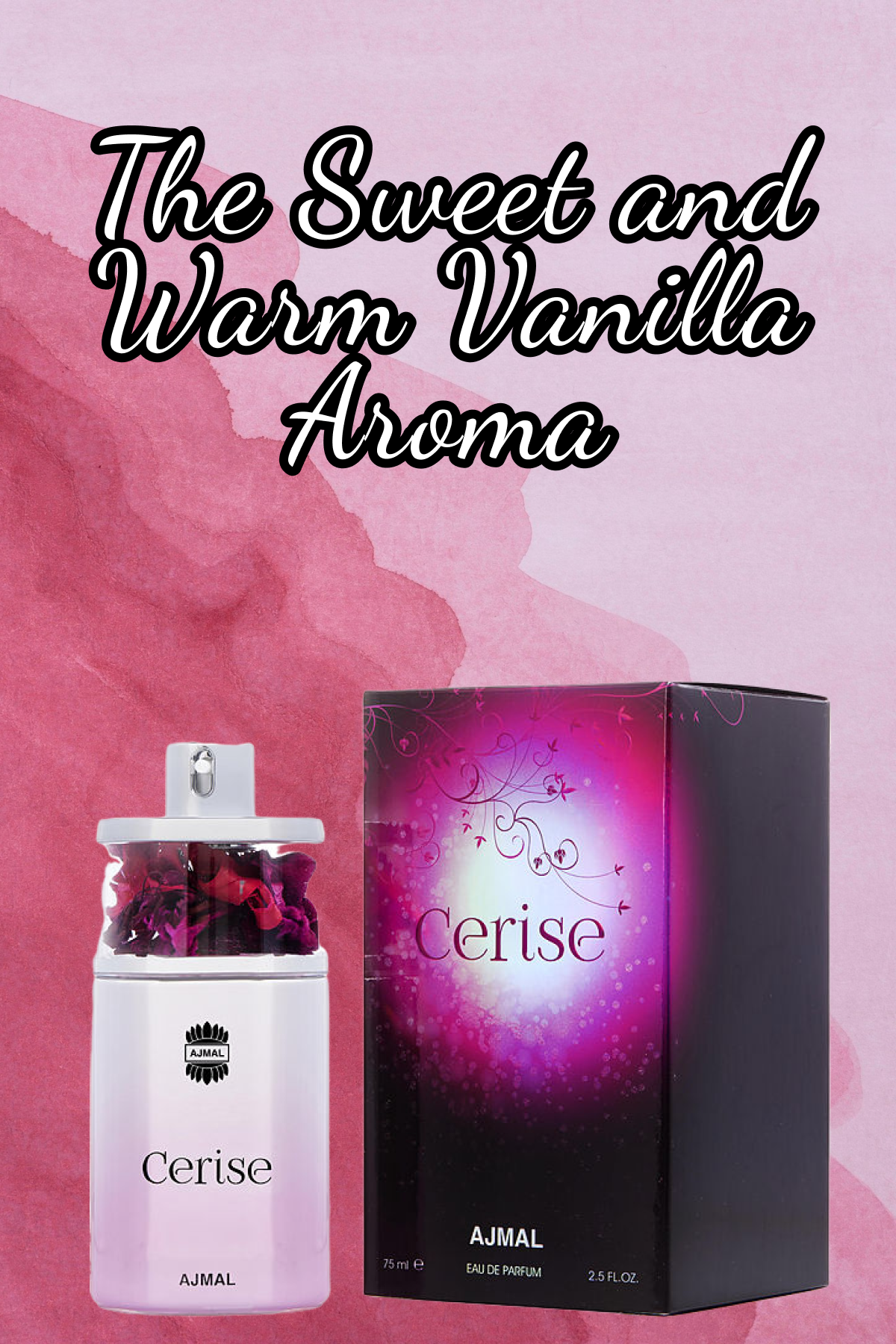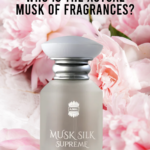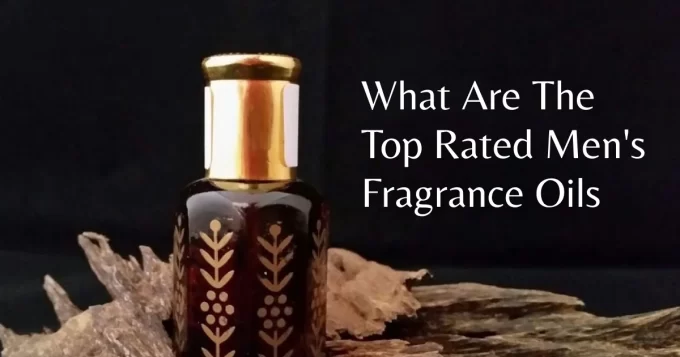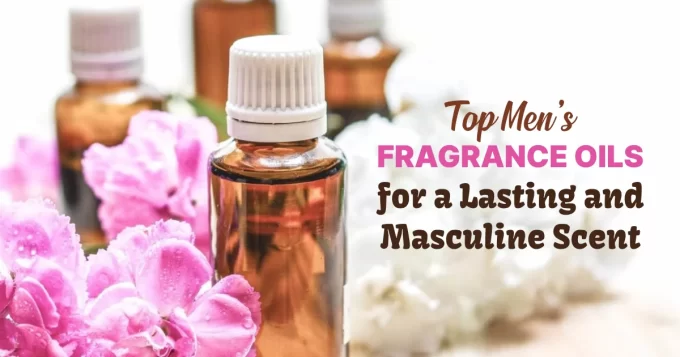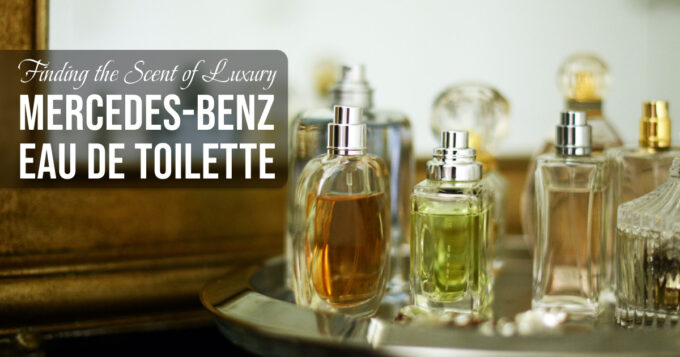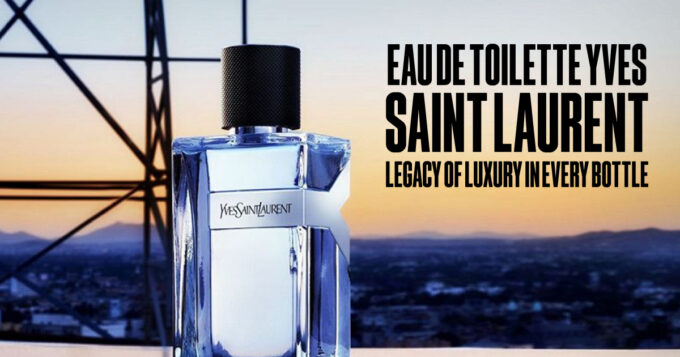The Sweet and Warm Vanilla Aroma
One of the most adored and well-known fragrances in the world is vanilla. Its rich, sweet scent is incredibly familiar and reassuring. Vanilla has been a staple in many homes for many years, appearing in candles, air fresheners, lotions, and other products.
However, what precisely gives vanilla its distinctive scent, and what cultural and historical significance does it have? Everything you need to know about the comforting, sugary scent of vanilla is provided here.
The Origin of the Aroma
Vanilla is derived from the Vanilla genus of orchids, especially V. planifolia. Vanilla orchids are native to Mexico and Central America. The bean pod, which contains several tiny black seeds that mature gradually, is produced by hand-pollinating vanilla orchids. The main aromatic chemicals that give vanilla its aroma are found in these seeds.
The most important of these is vanillin, a phenolic aldehyde that accounts up 1-3 percent of the weight of dried vanilla beans. The characteristically sweet and creamy scent of vanilla is mostly attributed to vanillin. Layers of caramel, spice, and wood notes are added by other substances including methyl cinnamate, which completes the vanilla smell profile.
A Luxurious and Delicate Item
Because hand pollination was required, vanilla production was one of the most labor-intensive processes for millennia. Native Americans in Mexico grew orchids and used oils with vanilla scents for incense and rituals.
Vanilla was highly appreciated in Europe as a novel and exotic flavoring with the arrival of the Spanish. Madagascar and Indonesia emerged as the world’s leading producers by the 1800s.
The long drying and curing times necessary for vanilla to acquire its scent further added to the expensive price of this luxury good. The alluring aroma of vanilla in perfumes, candies, and gourmet meals and beverages was only accessible to the affluent.
Before going to bed, Napoleon was said to have liked to smell mists flavored with vanilla. Due to production issues, real vanilla extract is still somewhat expensive.
Essential to Baking and More
Although it was once only available as a unique spice, as cultivation techniques advanced, vanilla began to appear in common household products. Its deliciously subtle flavor improved many recipes for cakes, cookies, custards, and other baked goods. Without vanilla, many traditional American delicacies would be inconceivable.
These days, vanilla is found in everything from lotions and candles to soaps and air fresheners. Its cozy, inviting scent is closely associated with memories of baking, home, and comfort. Because of its widespread appeal, vanilla is a top note in gourmand and creamy scents. Studies supported by science also demonstrate that vanilla can improve mood and lessen stress.
Considered the second most costly spice globally, after saffron, real vanilla is still considered a luxury ingredient in numerous products. Wherever it is used, though, its delicious, rich aroma has become a daily delight. Vanilla’s warm, inviting scent, steeped in heritage and time-honored comfort, continues to capture noses around the globe.
The Aroma of Vanilla: Its Scientific Basis
Olfaction, the sense of smell in humans, is a very sophisticated process. Scent molecules attach to receptor proteins in the olfactory epithelium when they enter our noses. Different aromatic chemicals are detected by different receptor proteins. The olfactory bulb and the brain, which are the final destinations of electrical signals that are set off by this binding, are responsible for fragrance identification.
Vanilla’s varied blend of aroma molecules stimulates a wide range of olfactory receptors. The most important of them is vanillin, which mostly opens up creamy and sweet receptors. However, minute compounds such as methyl cinnamate attach to floral and spicy receptors. Lignans arouse earthy, forest-like sensations. The complex blend of aroma components that make up vanilla gives it a rich, rounded flavor.
Olfactory cues are processed by our brains even more thoroughly than visual ones. Strong memories and emotions are evoked by scents via brain circuits connected to the hippocampus and amygdala. Part of the reason vanilla is still so popular throughout the world is because its familiar scent always inspires sentiments of warmth, comfort, sustenance, and nostalgia. Its calming, silky texture opens reward pathways as well, which may have a de-stressing effect.
Preserving the Valuable Aroma of Vanilla
Vanilla growing has traditionally required meticulous post-harvest processing due to its high cost. After gently boiling or baking fresh beans to stop their enzymatic activity, they undergo a month-long sweating and drying process. Green pods become the familiar shriveled black seasoning after this curing.
Bean components esterify and oxidize during curing, enhancing tastes and creating a complex profile that can only be imparted by completely vanilla. Instead of the round sweetness that connoisseurs anticipate, improperly cured beans may impart overtones of sourness, woodsiness, or staleness. The final character of a vanilla is largely influenced by the wide variations in artisanal curing.
Preserving the volatile fragrance molecules in vanilla presents difficulties even after harvest. Over time, exposure to heat, light, and oxygen can deteriorate scent. For this reason, natural vanilla extract is a highly valued, yet pricey, culinary ingredient. It is produced by soaking beans in alcohol to extract fragrant essences. True vanilla’s cozy charm can linger for years with proper handling and craftsmanship.
Even with the advent of synthetic vanillin, understanding vanilla in all of its richness is still a skill in fragrance. For many decades to come, its enduringly popular aroma will undoubtedly continue to elicit a variety of pleasant and consoling emotions.
In Conclusion
chemicals found in vanilla beans, especially vanillin, are responsible for the fragrant and comforting scent of vanilla. Due to production difficulties, it was once considered a luxury, but thanks to its peaceful, adored aroma that is associated with sentiments of food, home, and carefree pleasures, it is now widely used in baked goods, scented products, and more. The scent of vanilla is complex and multifaceted, ranging from subtle woodsy and spicy to bright and creamy.


